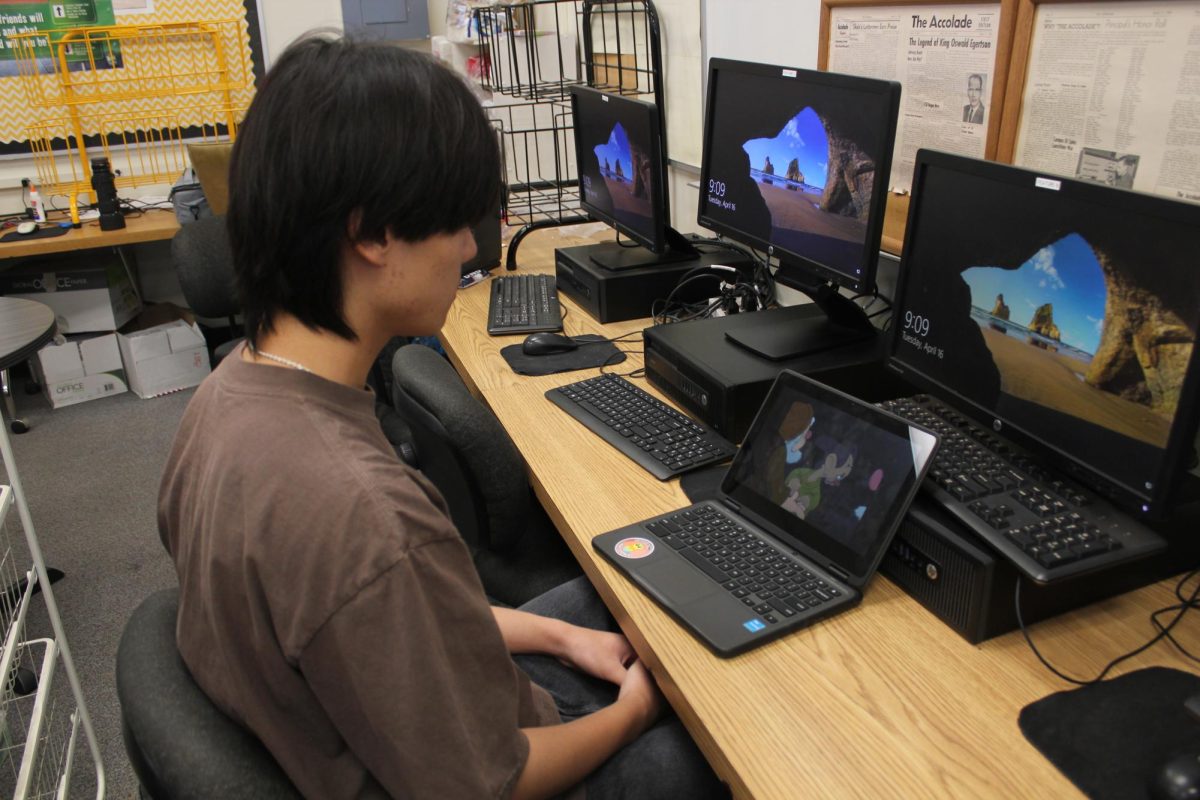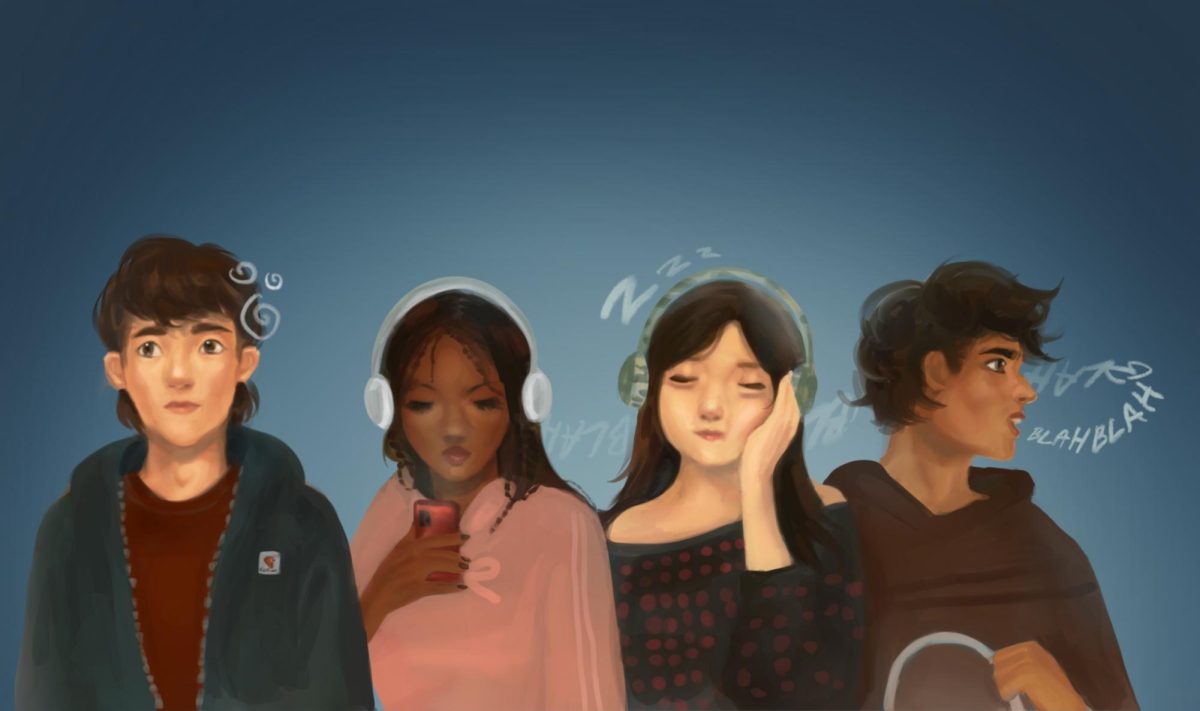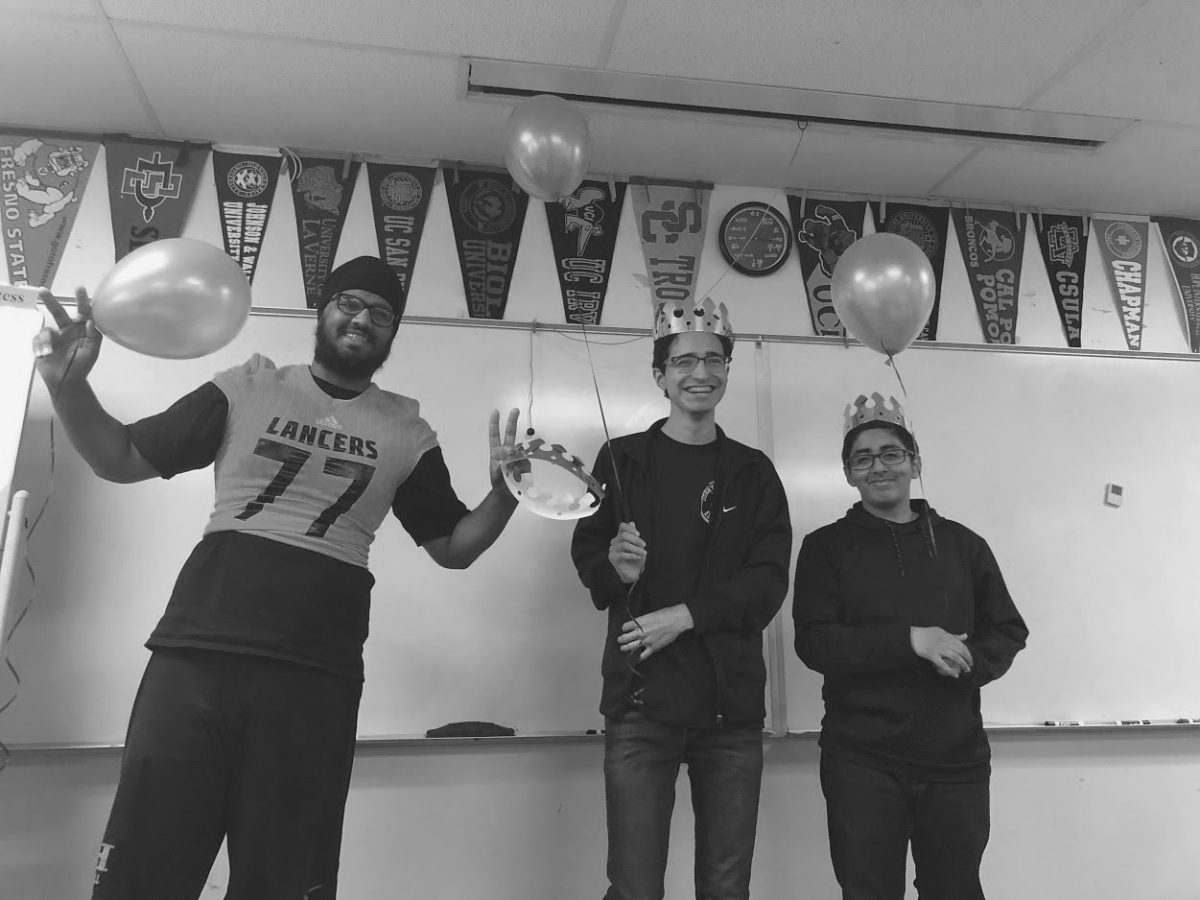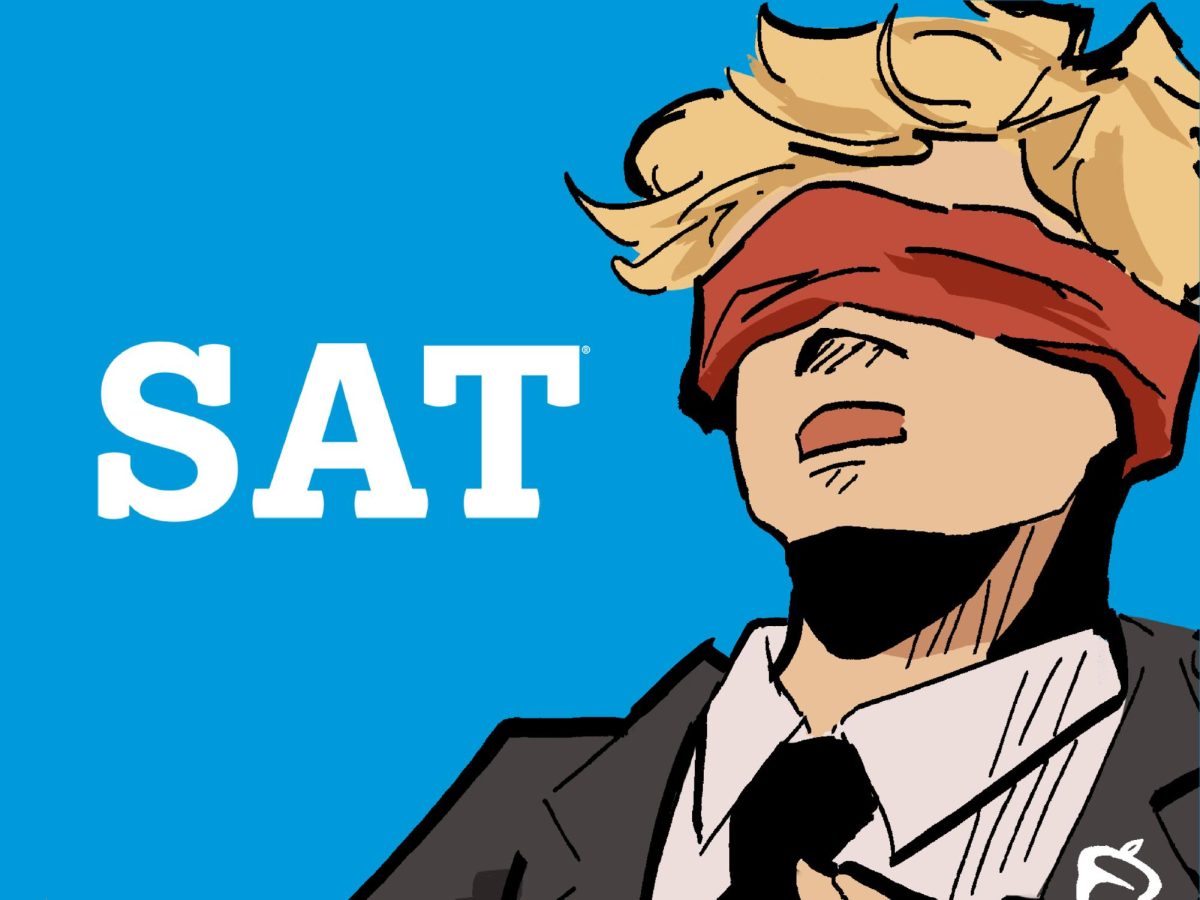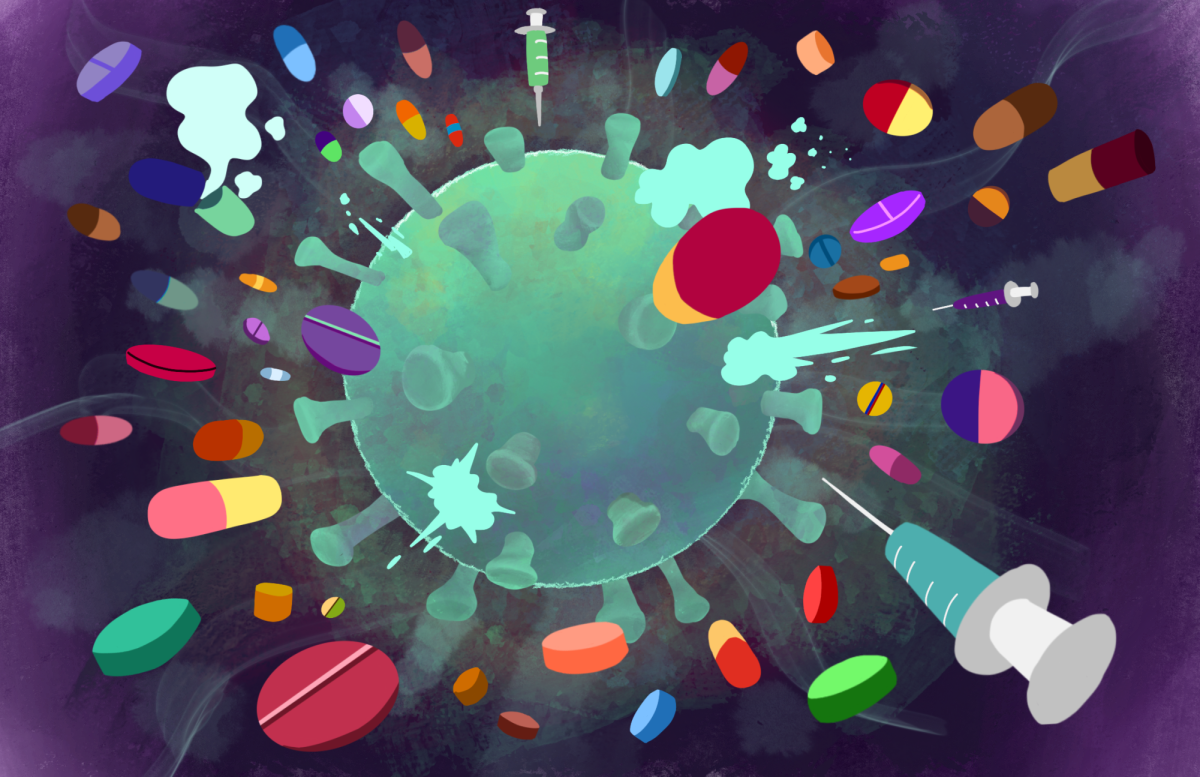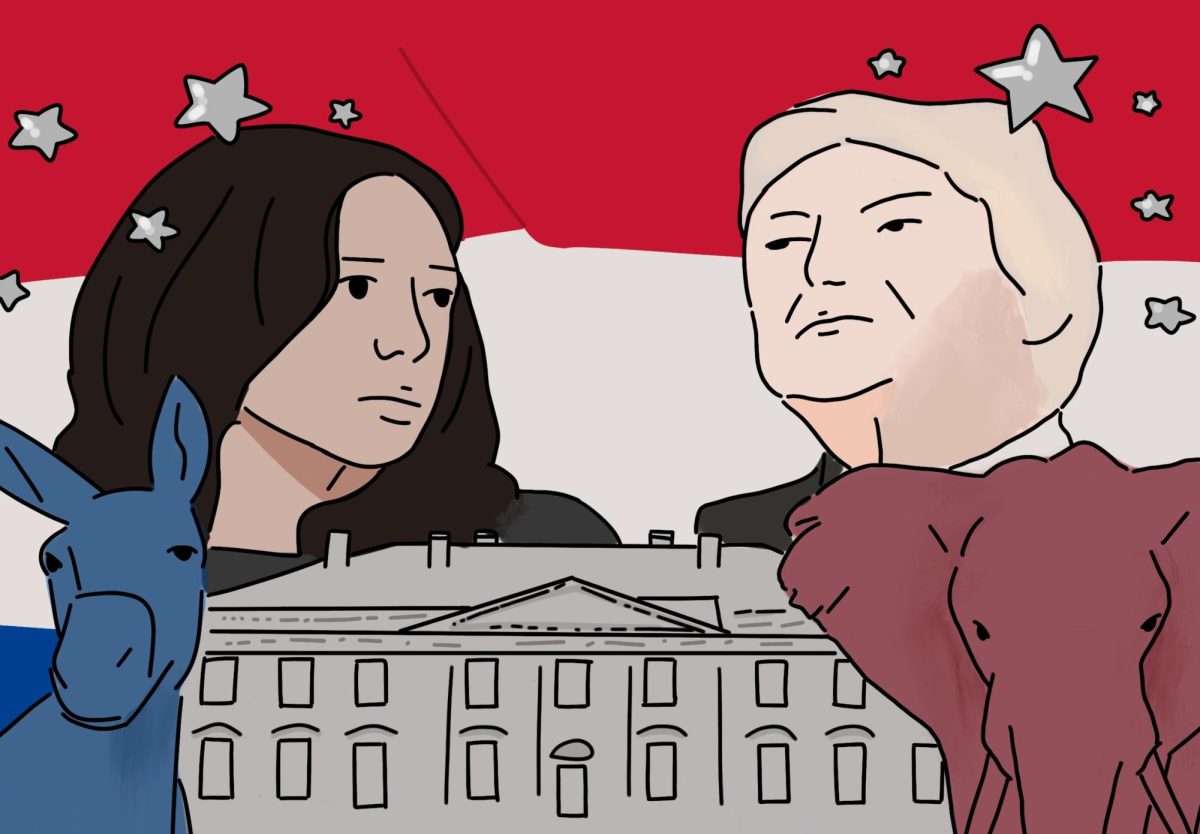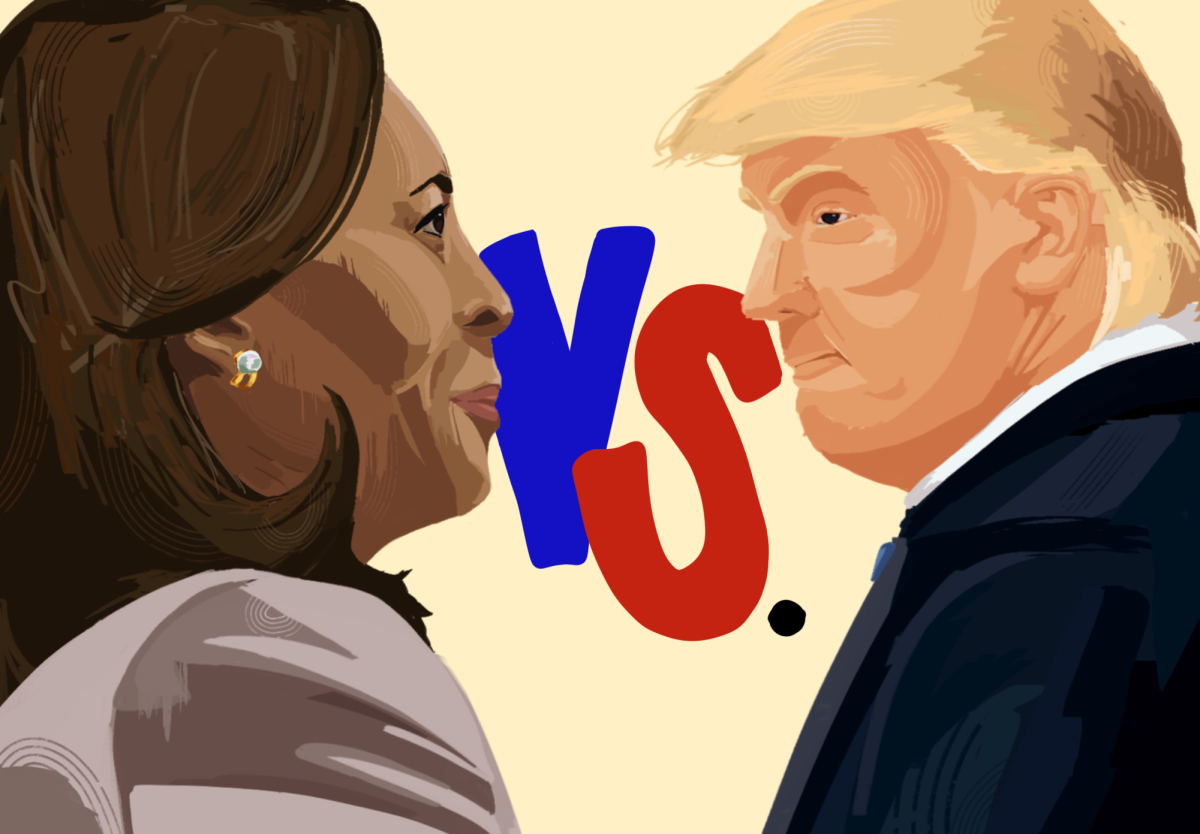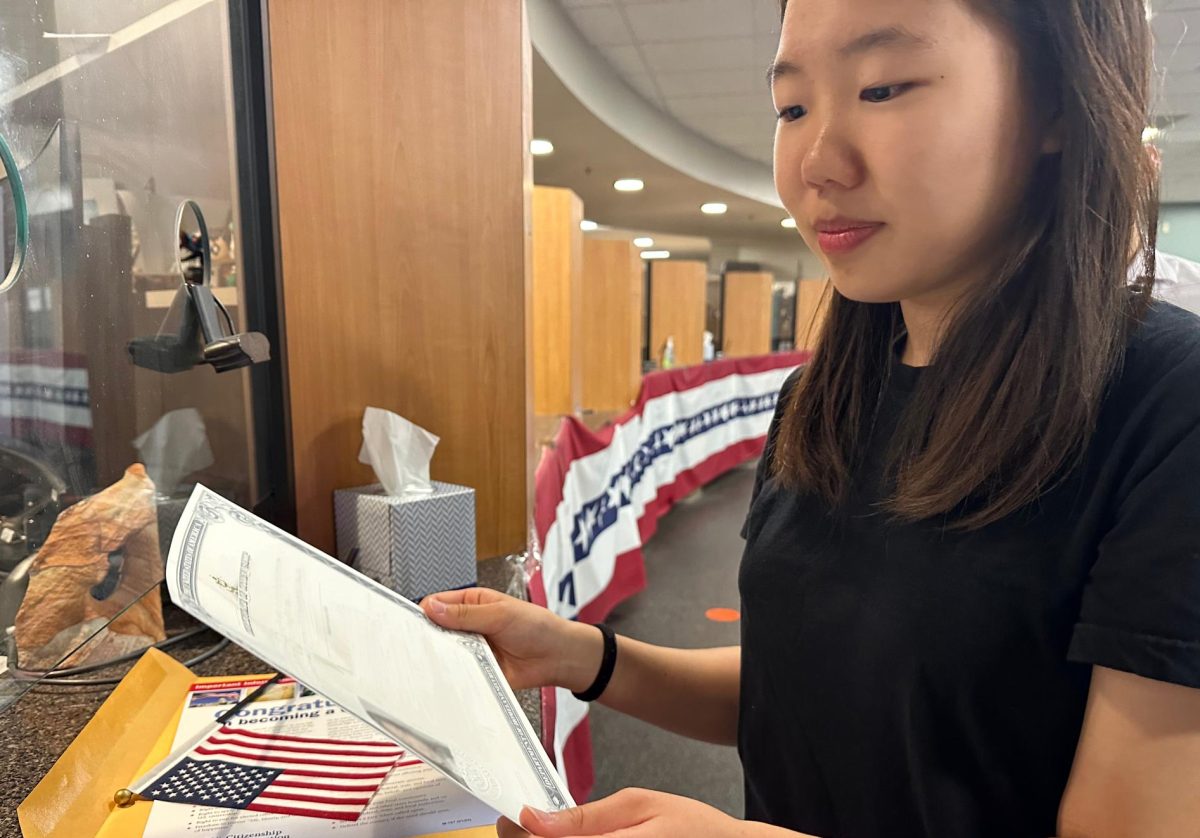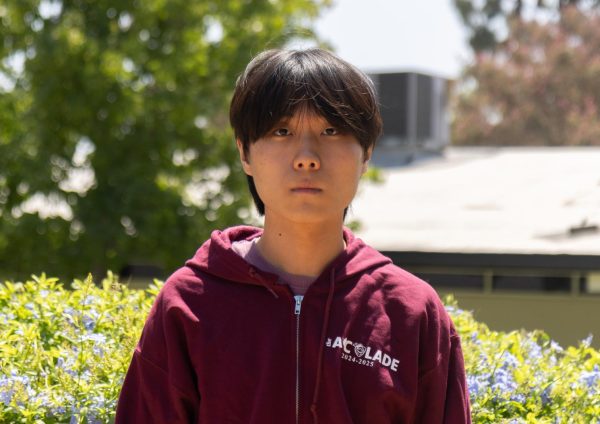As Disney turned 100 Monday, Oct. 16, The Accolade’s Spotlight section has put together a variety of stories looking back on the media conglomerate’s impact — positive and negative — on pop culture. In this column, first-year staffer Teo Jeong shares his decision to finally watch a Disney princess movie and how its plot, characters and theme have affected him.
Having a different shildcood … I mean, whildfood … I mean, childhood never felt weird to me.
That was my impression of Doc, a character in the iconic 1937 Disney film “Snow White and the Seven Dwarfs.” Though it may be offensive for those who have a physical disability, his constant stuttering portrays many humorous moments for me in the movie.
One particularly memorable scene involving Doc’s stuttering occurs when he tries to introduce himself and the other dwarfs to Snow White for the first time.
Doc, as the self-appointed spokesman of the group, attempts to maintain a semblance of calmness, but his nervousness gets the better of him. As he starts, “I’m… I’m…,” he stumbles over his words, jumbling his introduction and the names of the other dwarfs.
The contrast between Doc’s intention to be authoritative and the outcome of his nervous stutter represents a light-hearted moment that showcases the film’s ability to blend humor into a character’s personality.
To tell the truth, I watched “Snow White” — what film critics have called a classic — for the first time in my life in February of this year. As a child, my interest in Disney classics didn’t particularly apply to films I watched like “Mulan” or “Tangled.” I found myself watching them mainly in moments when no other appealing activities or distractions were available.
I chose this princess tale not out of personal curiosity, but because I signed up to write a story related to the controversy of Disney’s removal of the seven dwarfs. My adviser encouraged me to watch the original film on which the live-action version would be based.
Upon telling my friends, they said they found it shocking to grasp that I’d never watched it until now. To them, Snow White, along with many other princess films, is considered a fundamental part of childhood. To think that I didn’t watch something so ingrained in popular culture was unusual to them.
While I am familiar with the storyline because of my prior exposure to it through my friends and the internet, watching Disney’s animated adaptation of the 1812 German fairytale offered me a fresh perspective that my younger self couldn’t appreciate. I watched other princess movies when I was 5 years old but dismissed them because of my childish mindset, caught up in the notion of what was considered “boyish” or “girlish.”
Whether I matured or developed a newfound enjoyment for tales I was first exposed to as a kid, my recent admiration for “Snow White and the Seven Dwarfs” is a testament to the timeless nature of the film.
The picture offers enchanting animations, memorable characters and a catchy storyline that balances darkness with light, fear with hope and sorrow with joy. These elements rendered the movie enjoyable despite being over 80 years old, reminding us that some stories hold a timeless charm that can captivate, entertain and even inspire.
Despite these feelings, I don’t regret not watching the film earlier. Discovering classics later in life offered a unique perspective to me. As a teenager, I recognized the artistry of animation and understood its themes better.
For instance, the scene in which Snow White finds refuge with the seven dwarfs in their cottage underlined a concept of found family to me: the idea that individuals can form deep, familial bonds with people who are not related to them by blood. I deem a large part of enjoying movies to decipher the underlying themes, so seeing this motif in the film was nice, matching what I hold dear to in my personal life.
The magical and simplistic view of the Snow White world evoked my yearning for the childhood wonder I had never fully experienced until now.
However, that emotional authenticity can only be maintained through a rendition involving real-life dwarfs, which seems not to be the case for the 2025 live-action adaptation of Snow White: “Disney’s Snow White.”
The concept of dwarfs originated from the original 1812 German fairy tale by the Brothers Grimm, along with other elements like the magic mirror, poisoned apple and glass coffin.
Each dwarf, with his unique personality and name, contributes significantly to the narrative and themes of the film. They provide emotional support to Snow White, protect her and offer a sense of belonging, enriching the story. The dwarfs’ traits portray diversity and the importance of acceptance, as each character brings something unique to their collective life with Snow White.
Heigh-ho, heigh-ho, it surely hurts me to see the dwarfs go. So when I heard from my editors about the controversy surrounding Disney’s decision last year to change the dwarfs again in its live-action version next year into computer-generated imagery and referred to them as “magical creatures,” I considered it a harmful one.
Of course, the main reason would be that the Mickey empire just slashed seven jobs that dwarf actors could have been hired for. Despite the lack of mainstream reaction, there have been instances where similar things happened in previous live-action Snow White specials. One example includes “Once Upon a Time,” a TV series on ABC that ran from 2011-2018, in which Doug, the son of Dopey, is played by a non-dwarf actor.
However, the TV Series had a mostly positive reception from viewers, contrasting the backlash against Disney’s “Snow White” remake. Instead, it was celebrated for its creative storytelling and integration of classic characters into a modern narrative.
I believe this difference in reactions to “Once Upon a Time” and the upcoming “Snow White” reflects changing views on media representation, perhaps illustrating an increased desire for genuine and inclusive character depictions in beloved narratives.
This major shift with Snow White’s friends will also rub the audience the wrong way. Even though Hollywood has used technology before in creating characters (remember Jar Jar Binks in 1999’s “Star Wars: The Phantom Menace”?), the backlash was rooted in the unrealistic design and animated expressions compared to the more realistic effects of the Star Wars Universe.
Compared to the issue regarding the Seven Dwarfs, Jar Jar’s addition did not necessarily affect the community. However, both critics and audiences found his character to be out of sync and an unnecessary addition to the saga. I believe this situation highlights a broader sentiment that characters created through computer-generated imagery can sometimes feel unwanted to viewers.
And even though any kind of remake or reboot of “Snow White” will indefinitely lead to comparisons between the old and the new. Seeing a computer-generated image of Dopey acting out his silly antics by attempting his classic dance move and clumsily tripping over his own feet or Grumpy showing his tough demeanor by refusing to let Snow White stay in the dwarfs’ home will only lead to disappointment instead of awe.
It’s clear from Disney’s most recent live-action outings that taking an extreme approach to classic movies doesn’t always work out in terms of Box Office sales. The 2020 live-action “Mulan” received mixed reviews and was criticized for not properly representing the culture it portrayed.
Along with deviations from the original film and political issues, this caused the film not to meet box office expectations.
Similarly to Mulan, the 2023 adaptation of “The Little Mermaid” proved controversial. Disney faced backlash for casting Halle Bailey, an African-American, as Ariel as part of its efforts toward diversity and inclusion. Amid the controversies, however, the film achieved significant box office success, revealing that changes don’t necessarily lead to failure.
I can only hope Disney gets enough backlash from concerned viewers like me to reconsider its decision to trade human beings for techno-created characters. The media conglomerate should take a page from the big musical number from its 1937 cartoon hit.
Heigh-ho, heigh-ho, it’s back to the drawing board Disney should go. Produce a live-action flick that will remind us about what made the original so memorable. Keep the human touch – and make it an all-human cast.



